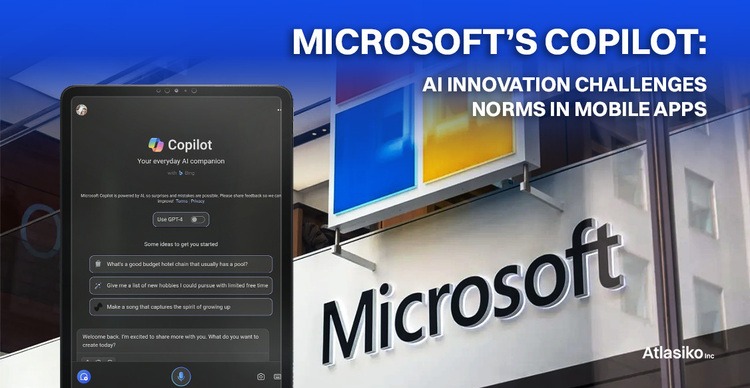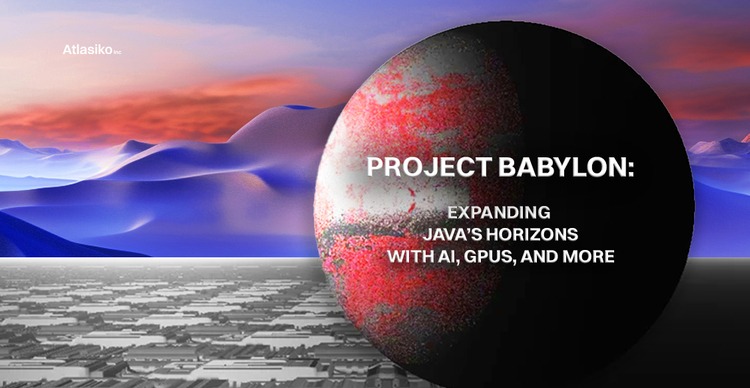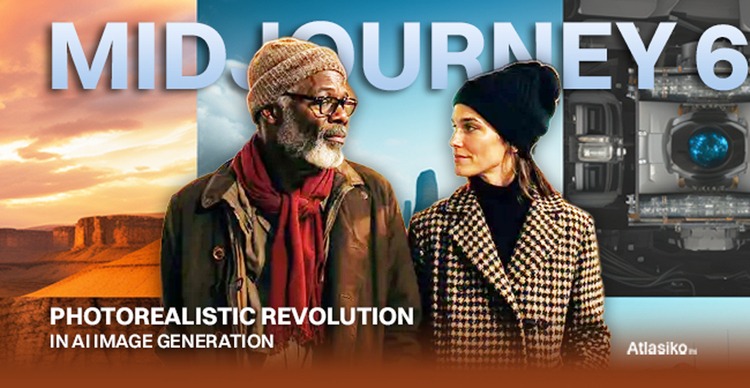In a groundbreaking development for the world of Java programming, Oracle architect Paul Sandoz introduced a visionary project known as Babylon. The proposal outlines a bold plan to extend Java's compatibility with foreign programming models, embracing a wide array of cutting-edge technologies including machine learning models, GPUs, SQL, and differential programming.
Central to the Babylon project is the enhancement of Java's reflective programming capabilities, primarily through an evolution known as code reflection. This enhancement aims to facilitate standard access, analysis, and transformation of Java code in a format conducive to integration with foreign programming models. The ultimate goal is to enable the seamless implementation of foreign programming models as Java libraries.
One of the key facets of Java project Babylon is its intent to harness code reflection to create a GPU programming model tailored for Java. By leveraging code reflection and implementing it as a Java library, Babylon seeks to establish a solid foundation for GPU programming within the Java ecosystem. This not only extends Java's reach but also paves the way for more diverse and sophisticated applications.
In addition to GPU programming, Java Babylon does not stop at a single technological horizon. It also sets its sights on exploring other programming models, such as SQL and differential programming. These endeavors align with the project's overarching mission to reduce bias risk and enhance Java's versatility in integrating with a variety of contemporary programming paradigms.
Code reflection, a multifaceted concept, consists of three crucial elements:
- Modeling of Java Programs;
- Java Reflection Enhancements;
- APIs for Code Models.
Sandoz, shedding light on Babylon's practical applications, cited a compelling example. Imagine a developer's need to write a GPU kernel in Java and execute it on a GPU. Achieving this requires a comprehensive analysis and transformation of the developer's Java code into an executable GPU kernel. While the concept of using a Java library to achieve this is promising, it hinges on having access to Java code in a symbolic form, which currently relies on non-standard APIs or conventions at various stages of a program's life cycle. Furthermore, the symbolic forms available, such as abstract syntax trees or bytecodes, often prove inadequate for in-depth analysis and transformation.
The Babylon Java is designed for a phased rollout, intending to be delivered incrementally through a series of JDK Enhancement Proposals (JEPs) that will likely span multiple feature releases. The journey commences with the implementation of code reflection, which will be initiated with a clone of the mainline release of JDK 22, scheduled for March 2024, and will subsequently align with mainline releases in the future.
Regarding the GPU programming model, Babylon's plan involves creating a separate repository that depends on the evolving code reflection features. It's important to note that, as of now, there are no immediate plans to integrate the GPU programming model into the JDK. Nevertheless, the work on this model could potentially identify JDK features and enhancements of broader utility that may be addressed in future developments, further solidifying Java's presence in the realm of cutting-edge technologies.







